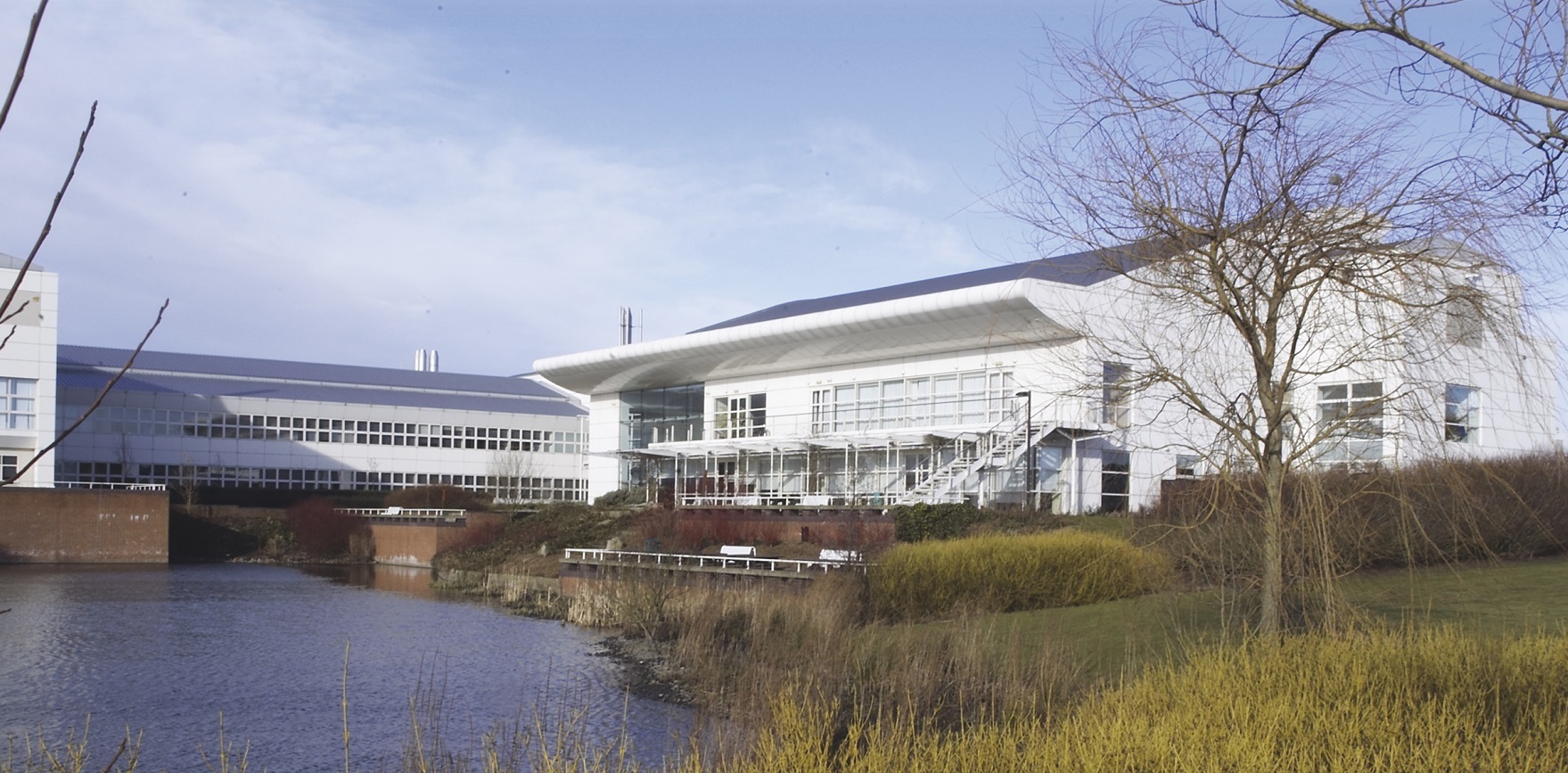John Chinn explains the huge importance the Agri-Tech centres will have on the UK agriculture industry and the desperate need for an 'industrial revolution'.
UK agriculture badly needs an 'industrial revolution' of its own. We need to be creative and radical and we need to adopt new technologies and move towards increased automation today, not tomorrow. This is because productivity in UK farming over the past 30 years is low and has been accompanied by a 1 % per year decline in UK self-sufficiency in food. To tackle this, the Government has invested £68 million in four agri-tech Centres, all with the same vision. CHAP, CIEL (Centre of Innovation Excellence in Livestock), AgriEpi (Agricultural Engineering Precision Innovation Centre) and Agrimetrics {Data Centre) want to bring all members of our agri-food industry together, to drive technology innovation as the way to achieve step-change improvements in our farming productivity.
CHAP {Crop Health & Protection) has been set up to do what it says on the tin - that is to revolutionise how farmers manage crop threats, including pests and diseases, both in the UK and overseas.

CHAP has 11 Founder Partners, made up of industry players and research institutions and, together, it aims to develop, adopt and exploit new agri-technologies and practices. We ask 'what is the need' and we answer that question by pulling technologies from the lab to the farm and through the supply chain. The fact is that climate change and a range of other factors, including an anticipated population growth (50 billion by 2050) and the degradation of ecosystems is making it increasingly difficult to meet the global demand for food in a sustainable way. To feed the growing world population we must increase our crop yields and this, in turn, will mean that we need to make significant progress in both fundamental and applied science of plants, microbes and soils, including protection from economically damaging pests, pathogens and weeds.
CHAP Chairman and Herefordshire farmer, John Chinn, said 'Technology innovation is the way to achieve real step change improvements that can make the difference between being a cottage industry and a global leader. The future is not just about driverless tractors, automation and robotics. I suggest that by 2030:
Fera Science is the lead partner on 3 of CHAP Assets. One of the assets is the new E-Flows Mesocosm, currently being built on the site here at Sand Hutton, the biggest of its kind in Europe. This facility is the first of its kind to provide fully flow through streams that can receive chemicals at the treatment rates predicted to occur in the environment, providing the ability to reproduce the expected field exposure accurately.
Another of the assets is the SMART Decision Support Unit will establish a national surveillance and risk forecasting capability to determine prevailing and impending risks from pathogen and and pests across the UK in real-time using the latest technology in remote detection, predictive modelling and in-field data collection. Currently, uncertainty about the likely progress of epidemics and the effectiveness of treatment leads to over-caution. In order to protect against perceived threats to yield, even in low disease/pest seasons, there is an ever-increasing dependency on pesticides. Rapid feedback on the prevalence and susceptibility of biotic threats during the growing season would reduce uncertainty, thereby guiding treatment decisions, improving economic efficiency and mitigating the risks from pesticide resistance development.
For further information about CHAP and its assets please refer to the following links:
Mesocosm



